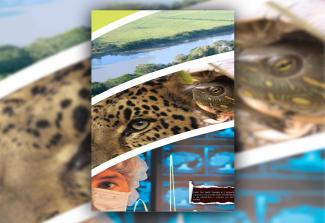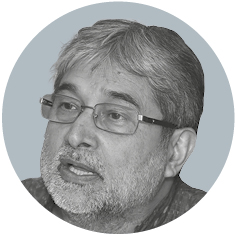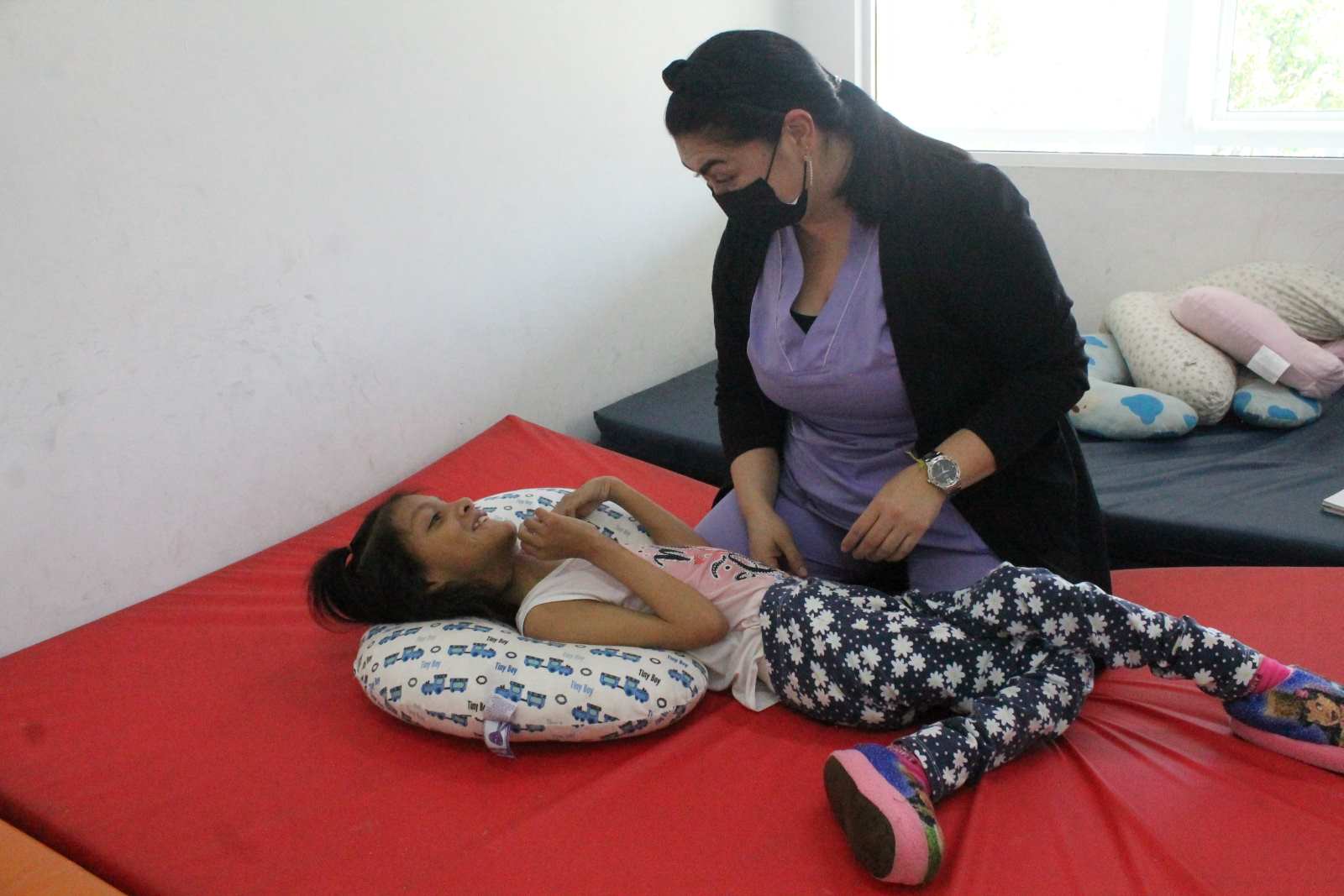Evidence-based policy
Global One-Health debate is not properly balanced

The modern scientific concept of One Health (OH) has been evolving for over two decades. The term stands for an integrated transdisciplinary approach. It recognises that human health is closely linked to the health of animals, plants and the environment.
Related insights, of course, are nothing new. OH has historical precedents that go back more than 10,000 years. Traditional indigenous knowledge still considers health in a truly interconnected world, with profound spiritualism and a deep connection to nature. In practical terms, OH action often reflects traditional knowledge, holistic-system pastoralist customs and ancient agricultural practices.
The Covid-19 pandemic has put OH high on the international agenda, including the global economy. The previously unknown disease is an anthropozoonosis which spilled most likely over from wild animals to human beings. How and when Covid-19 really started remains an open question. Scientists and policymakers who specialise in OH had predicted for many years that habitat destruction and species interaction would eventually result in something like this. In the event, they finally got global attention.
More than zoonotic diseases
Unfortunately, some now believe that zoonotic diseases are the core concern of OH. In truth, OH is about much more. Relevant topics include anti-microbial resistances, neglected and emerging diseases, healthy food and sovereignty, healthy ecosystems (both on land and marine), biodiversity conservation, climate change, migration, economics health and world peace. Pollution of soils, air and water matter very much, and so do the impacts of global warming. Wildlife trade has OH dimensions, and the quality of healthcare systems and surveillance data are of crucial relevance.
OH is a concept of great complexity. Different scholars and institutions have developed different approaches, sometimes still taught and applied erroneously. The current concept was published by the “Quadripartite”, which was established by the Food and Agriculture Organization (FAO), the World Health Organization (WHO), the UN Environment Programme (UNEP) and the World Organisation for Animal Health (WOAH). Though the Quadripartite’s “One Health joint plan of action” was certainly a worthy effort, it must not be mistaken for the final and decisive document on the matter.
An authentic OH approach must consider health at all levels, from the health of the planet to the health of local communities, from the health of the natural environment to the health of agriculture and urban areas. They are intrinsically interrelated – and interdependent.
Moreover, an authentic OH approach must take into account social disparities. That is true at global, national and subnational levels. While access to healthcare is important, other dimensions of social injustice matter too. The exposure to health risks is quite unequal after all. Typically, disparities coincide with divisions of race, gender and ethnicity. Medically underserved communities are often forced to live and work in environments that are comparatively dangerous for various reasons. The natural conditions can be hazardous, but habitat degradation, pollution and other human-made issues can be detrimental to humans, animals, plants and the ecosystems.
Bottom-up versus top-down
The point is that OH experiences differ from culture to culture and place to place, so policy approaches must differ too. It is striking, for example, that OH tends to be a bottom-up issue in low- and middle-income countries. Grassroots movements play an important role. There is a pattern of university researchers focusing on the health concerns of local – and especially marginalised – communities. In most cases, the people involved get hardly access to funding. Research is typically done ad-hoc in small individual projects.
In high-income countries, by contrast, OH is typically a top-down issue, with governments drafting and implementing policies. State capacities and government revenues tend to be strong in these countries. Indeed, some low-income countries depend on rich nations’ official development assistance (ODA). To some extent, middle-income countries benefit from ODA too. One implication is that international agendas are disproportionately set by what is generally called the global north.
Global research disparities
International imbalances in scientific and medical research exacerbate the disparity. Many of the brightest minds from less fortunate countries migrate to higher-learning institutions in the global north. They either do so as graduate students or as full-fledged researchers. They are attracted by higher pay, more abundant resources and academic institutions’ greater prestige. Moreover, they typically get more attention from their supervisors and professors. The move to the more prosperous country often turns out to be permanent. Generally speaking, this kind of brain drain has two outcomes:
- Many scholars shift their focus away from the concerns of the developing world to those of advanced nations. After all, funding is easily available for these topics.
- Others stay interested in the issues of their countries of origin. They donate time, but little funding to related research. Their intentions are good, but the impact often remains limited.
- For these reasons, research on local-level problems in disadvantaged countries is not organised systematically. There is a lack of well-funded, comprehensive research programmes. Individual projects, however, face serious bureaucratic obstacles and require long meetings.
Compounding the problems, scientific hierarchies are marked by inequalities too. In spite of promising rhetoric, they offer fewer opportunities to women and people from marginalised communities. Scientific attention is thus systemically distracted from those who are most in need.
On the upside, several African, Asian and Latin American countries have nonetheless started to adopt meaningful OH strategies. Action-oriented policies are based in a holistic understanding of health. Good innovations can result from evidence and cross-sectoral collaboration. They can lead to better health at lower costs. A new generation of systemically thinking people is emerging, and better monitoring can help to accelerate policy interventions when – and even before – a health crisis begins.
The way forward
Latin America, a continent of middle-income countries, is a pioneer in some ways. Brazil and Colombia, for example, have been applying the One Health concept since 2007 and 2003 respectively, and celebrating 3 November as the international One Health Day since 2017. In Brazil, OH legislation is in place and both the National Centre of Science and the Senate support the implementation of a comprehensive policy. The federal ministries for education, agriculture, environment and health are involved, along with other institutions. Similar progress is evident in Colombia as well as in Central American countries with major rainforest coverage, including Mexico, Guatemala and Belize, for example.
In 2016, the Pan-American Health Organization (PAHO) committed in its meeting of member countries’ ministers to “One Health and the Sustainable Development Goals”. The PAHO has kept promoting related causes. As a matter of fact, it hosted a ministerial meeting on health and agriculture as early as 1968.
In Africa, Rwanda is setting a good example. It belongs to the group of least-developed countries, but its OH movement benefits from the country’s elaborate network of community health workers, existing rapid response teams and international research partnerships. Efforts to boost research capacities in Rwanda are paying off too. Efforts to achieve gender equity among health professionals are remarkable. Health is being considered in a holistic way.
This is the way forward. What the international community needs is cooperation that benefits from the strengths of the global north and takes into account the “hands on” experience of the global south. In this regard, the initiatives Nature for Health (N4H) and the International Alliance against Health Risks in Wildlife Trade are quite promising. N4H is supported by Germany’s Federal Government and involves several multilateral and intergovernmental organisations. The purpose is to provide technical support to OH programmes in low- and middle-income countries. At the end of the day, sustainable public policies in One Health that respect and include native stakeholders and local OH experts – who are familiar with their national realities and culture – are essential.
Links
Quadripartite: One health joint plan of action.
https://iris.who.int/bitstream/handle/10665/363518/9789240059139-eng.pdf?sequence=1
Christina Pettan-Brewer is a veterinarian from Brazil and associate professor at the University of Washington’s School of Medicine in Seattle. She is also a One Health Fulbright scholar and ambassador.
kcpb@uw.edu














